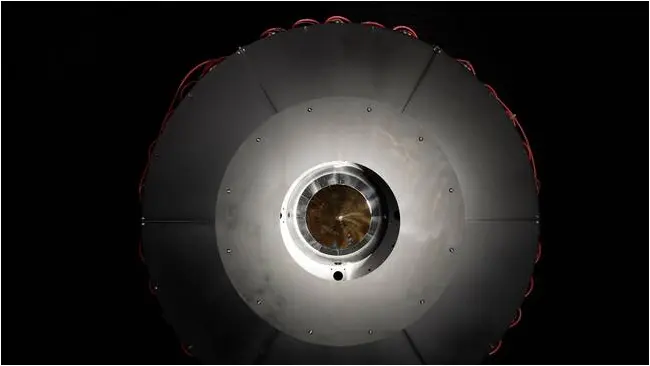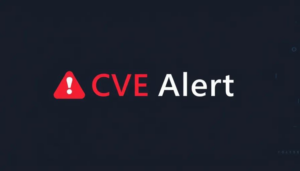Darpa Zaps Popcorn With Laser Power Beamed 5.3 Miles Through Air
Wireless power transmission is moving from lab curiosity toward real-world utility, at least if the Defense Advanced Research Projects Agency’s latest test is any indication.
DARPA says the Persistent Optical Wireless Energy Relay (POWER) team program managed to transmit more than 800 watts of power from a laser emitter to a receiver located 5.3 miles (8.6 kilometers) away during a 30-second transmission. To celebrate the achievement, POWER used some of the transferred energy to make popcorn – an homage to Real Genius, the 1985 Val Kilmer film where slacker grad students thwart a plot to weaponize high-energy lasers.
For reference, 800 watts isn’t a ton of electricity, but it’s enough to run a small fridge, lights, or an RV setup. It’s a practical start, assuming the tech scales as DARPA intends.
And it’s not just about popcorn and personal gadgets – DARPA has its eyes on the battlefield.
The POWER program falls under DARPA’s Tactical Technology Office, which seeks to develop systems that can be used in battlefield environments. Specifically, the program could help create military tech that’s not constrained by battery limits or tethered power. DARPA said the program’s results to date “mark an important step” toward that end.
It is beyond a doubt that we absolutely obliterated all previously reported optical power beaming demonstrations for power and distance
DARPA noted that previous attempts at wireless laser power transmission were considerably less effective than its POWER demonstration, with the previous record “for an appreciable amount of optical power” transmitting just 230 watts at a distance of 1.7 kilometers, or just a little over a mile.
“It is beyond a doubt that we absolutely obliterated all previously reported optical power beaming demonstrations for power and distance,” POWER program manager Paul Jaffe said in a statement.
This particular test, the POWER Receiver Array Demo (PRAD), demonstated a new type of receiver technology for the laser beam. The receiver, designed by Teravec Technologies with support from Packet Digital and the Rochester Institute of Technology, features a compact aperture that allows the laser to enter with minimal light loss. Inside, the beam strikes a parabolic mirror that reflects it onto dozens of photovoltaic cells housed within the device, converting the laser light into usable electrical power.
Not battlefield ready yet
DARPA said the receiver is designed “to be scalable to higher power levels and can be integrated into different platforms,” such as unmanned aerial vehicles. But it will likely be a while before drones powered by high-energy lasers start buzzing overhead.
For starters, there’s the issue of power transfer efficiency. The PRAD demonstration was simply meant to validate the receiver technology quickly, and did not focus on efficiency. DARPA reported that the system achieved just over 20 percent efficiency from laser output to electrical power at the receiver, but only at shorter distances. The agency didn’t disclose the efficiency at the full 5.3-mile range, but it’s safe to assume the real number is lower.
That means the 800 watts received was just a slice of the total beam energy fired downrange. It’s similar to the current state of fusion power: scientists have been able to claim net-positive output from a fuel pellet – if they ignored the massive power bill for lighting the laser in the first place.
Jaffe did tell The Register that improving its efficiency should be relatively easy, however.
“We made a few trade-offs in the components used to get a demonstration together quickly to prove out the underlying receiver design,” Jaffe said in emailed comments. “Future receivers would have lighter parts as well as specialized photovoltaic cells optimized for the wavelengths of light we’d be using, which can be more than double or even triple the efficiency of a typical solar cell.”
Still, it’s an impressive feat, and the team is now preparing for Phase 2 of the POWER program, which kicks off with an Industry Day later this month.
Phase 2 aims to “demonstrate the benefits of integrated relays and vertical power transmission” and is currently seeking creative partnerships to help push the technology further. Registration for the Industry Day event closes on May 21. ®
A considerable amount of time and effort goes into maintaining this website, creating backend automation and creating new features and content for you to make actionable intelligence decisions. Everyone that supports the site helps enable new functionality.
If you like the site, please support us on “Patreon” or “Buy Me A Coffee” using the buttons below
To keep up to date follow us on the below channels.


![[Palo Alto Networks Security Advisories] CVE-2025-4614 PAN-OS: Session Token Disclosure Vulnerability 1 Palo_Alto_Networks_Logo](https://www.redpacketsecurity.com/wp-content/uploads/2025/02/Palo_Alto_Networks_Logo-300x55.png)

